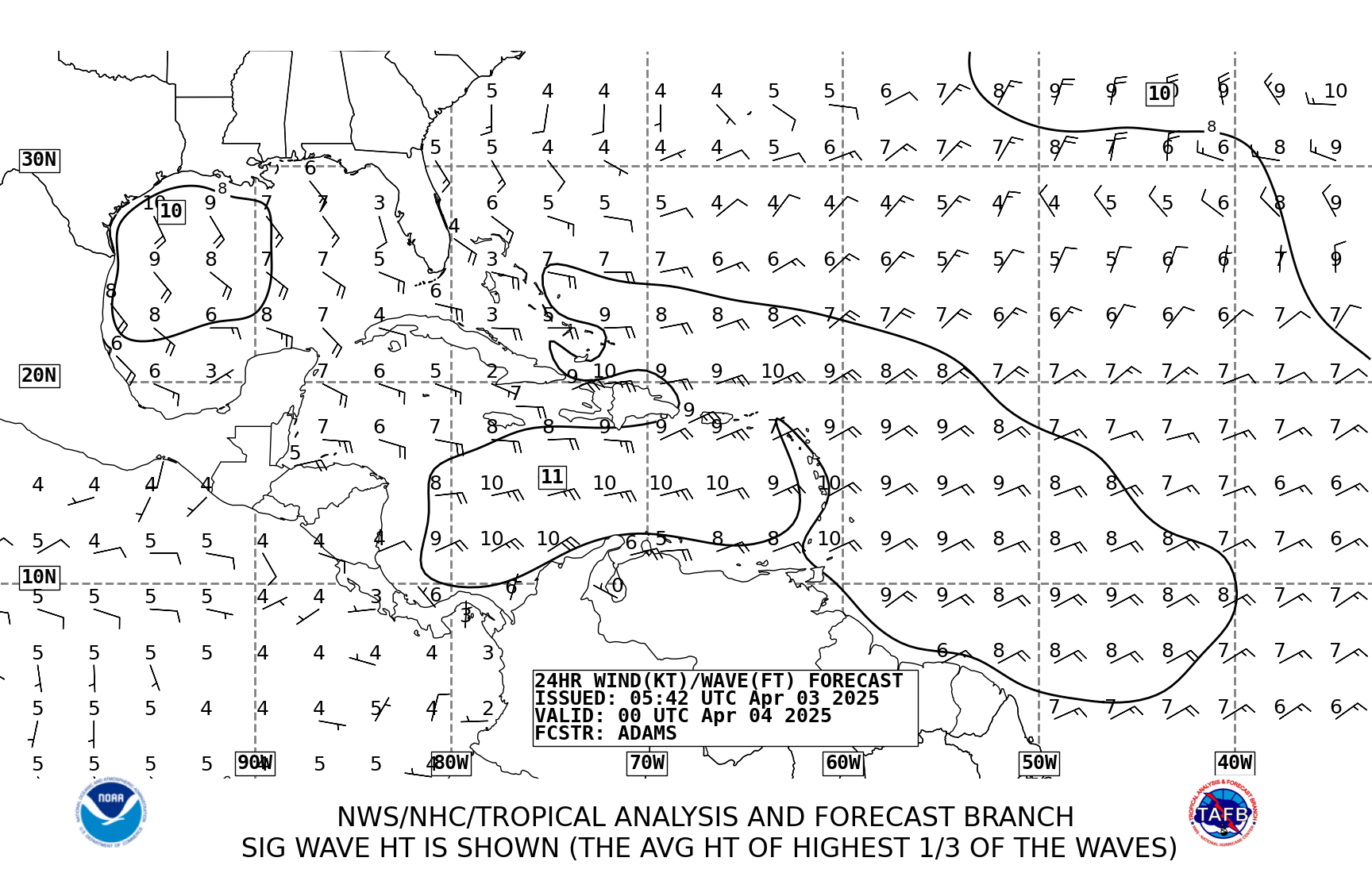
Light to moderate snow will continue into Saturday over the Great Lakes, Central Appalachians, and Northeast. This weekend into next week, a series of atmospheric rivers will bring gusty winds, periods of heavy rain, and mountain snow to northern California and the Pacific Northwest. Colder temperatures are in store for the weekend from the Great Lakes to East Coast. Read More >
San Juan, PR
Weather Forecast Office

It's the number one weather-related killer in the United States. The National Weather Service statistical data shows that heat causes more fatalities per year than either floods, lightning, tornadoes or hurricanes. Based on the 10-year average from 2000 to 2009, excessive heat claims an average of 162 lives a year. By contrast, hurricanes killed 117; floods 65; tornadoes, 62; and lightning, 48.
The Heat Index is a measure of how hot it really feels when factoring in the relative humidity at a given location. While the all time high temperature in San Juan, PR soared to 98F on October 9th, 1981, Heat Index values across the Northeastern Caribbean often exceed 100 degrees on any given day. So if you think it feels hot outside, below are a pair of calculators that will allow you to calculate both the Relative Humidity and Heat Index at a given location if you know the temperature and dew point.
Return to the local Climate page of the NWS San Juan
Forecasts
Graphical
Tropical Weather
Aviation Weather
Hydrology
Marine Weather
Beach Forecast
Fire
Forecast Discussion
US Dept of Commerce
National Oceanic and Atmospheric Administration
National Weather Service
San Juan, PR
4000 Carretera 190
Carolina, PR 00979
787-253-4586
Comments? Questions? Please Contact Us.


 Graphical Hazardous Weather Outlook
Graphical Hazardous Weather Outlook Tropical Analysis
Tropical Analysis Tropical Weather
Tropical Weather Regional Satellite
Regional Satellite  Puerto Rico and U.S. Virgin Islands
Puerto Rico and U.S. Virgin Islands Local Radar
Local Radar